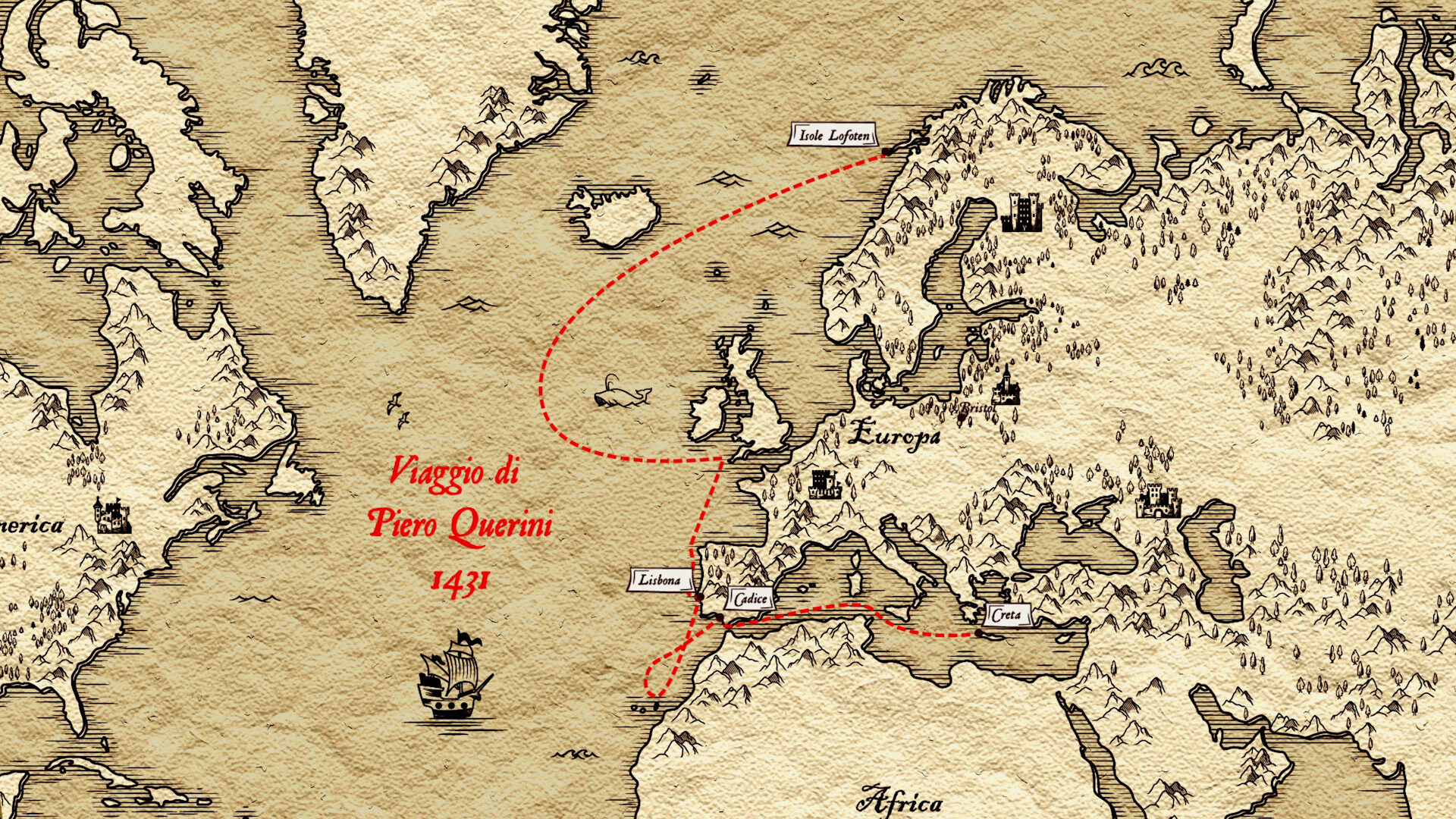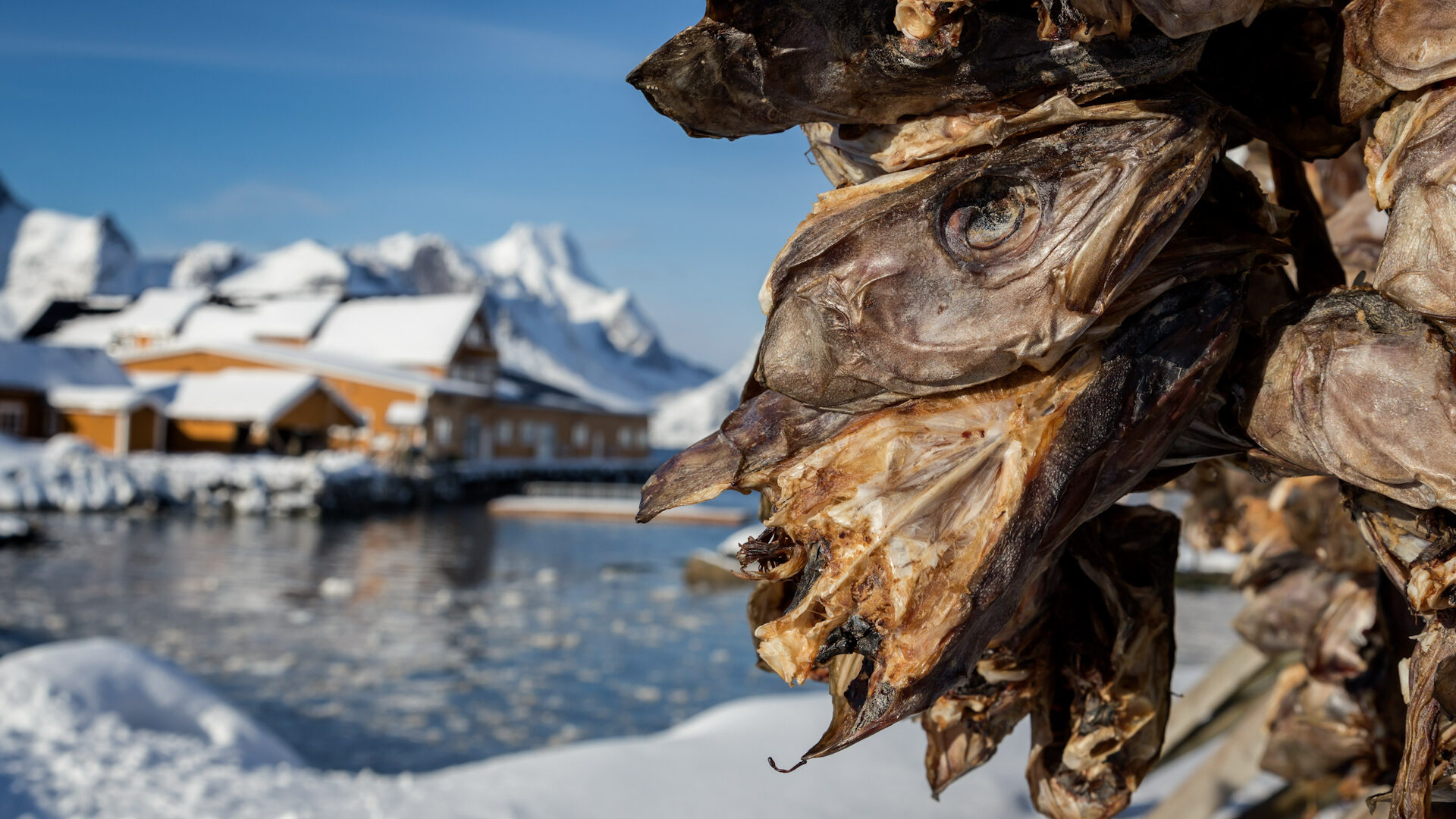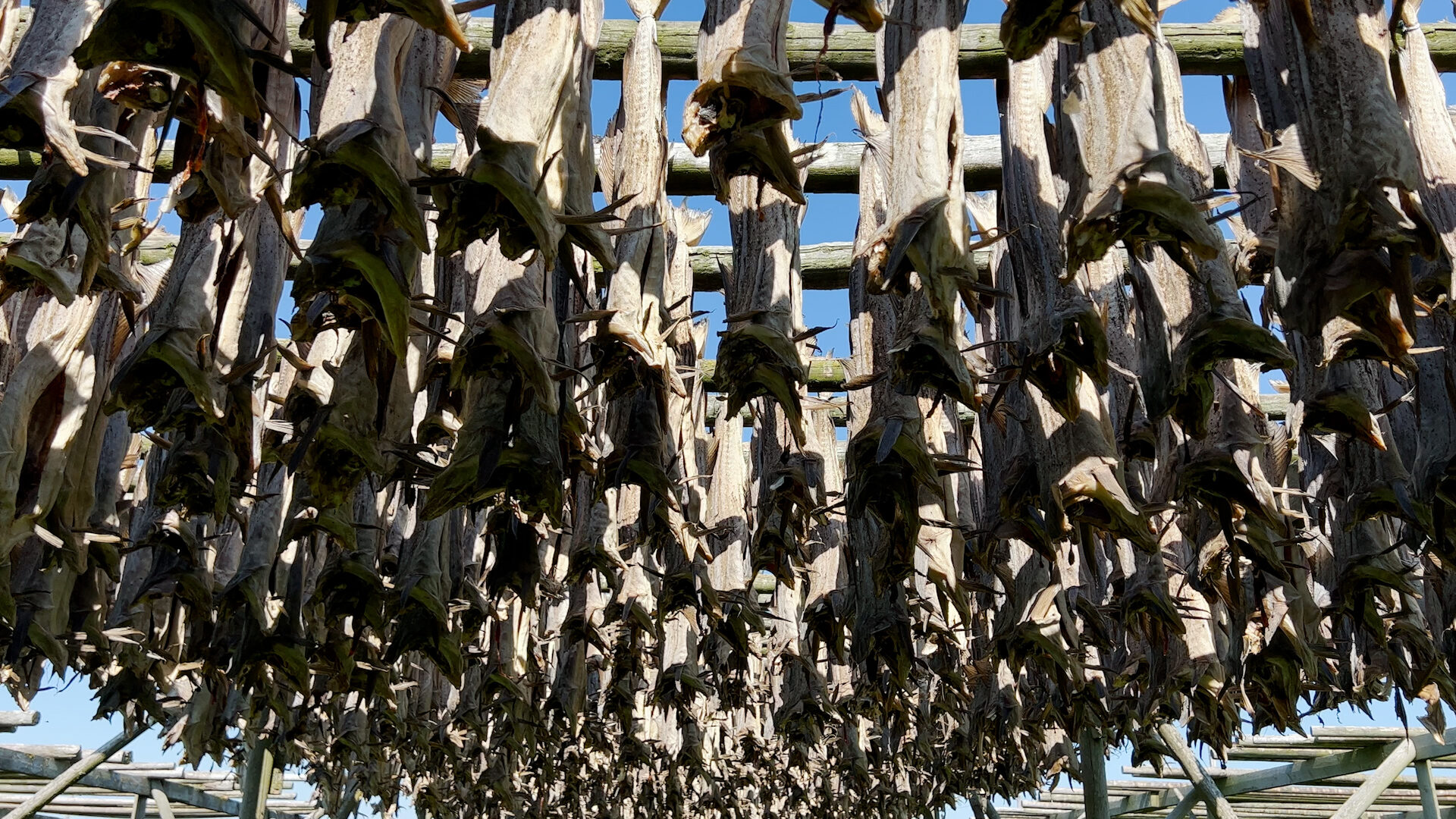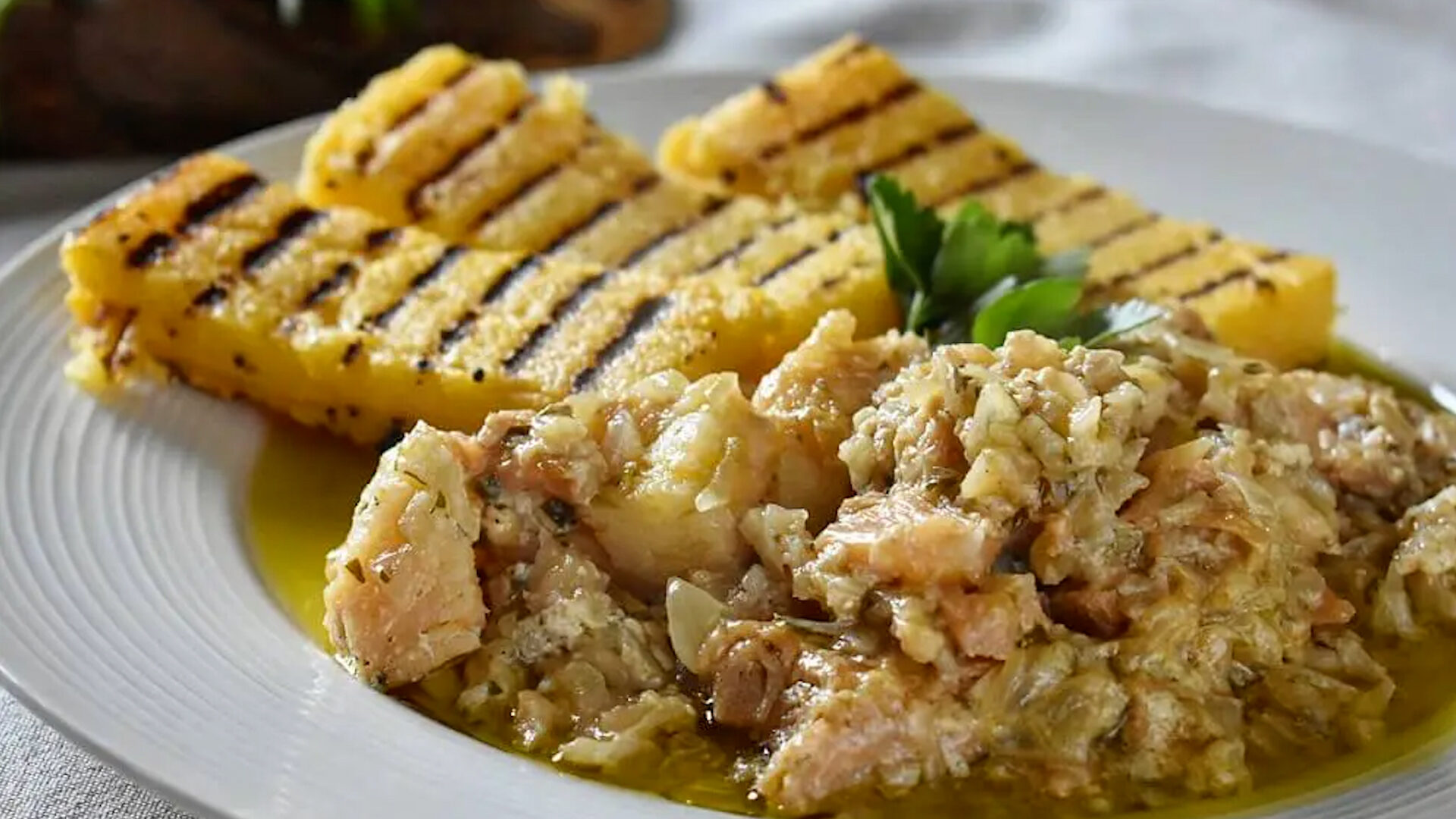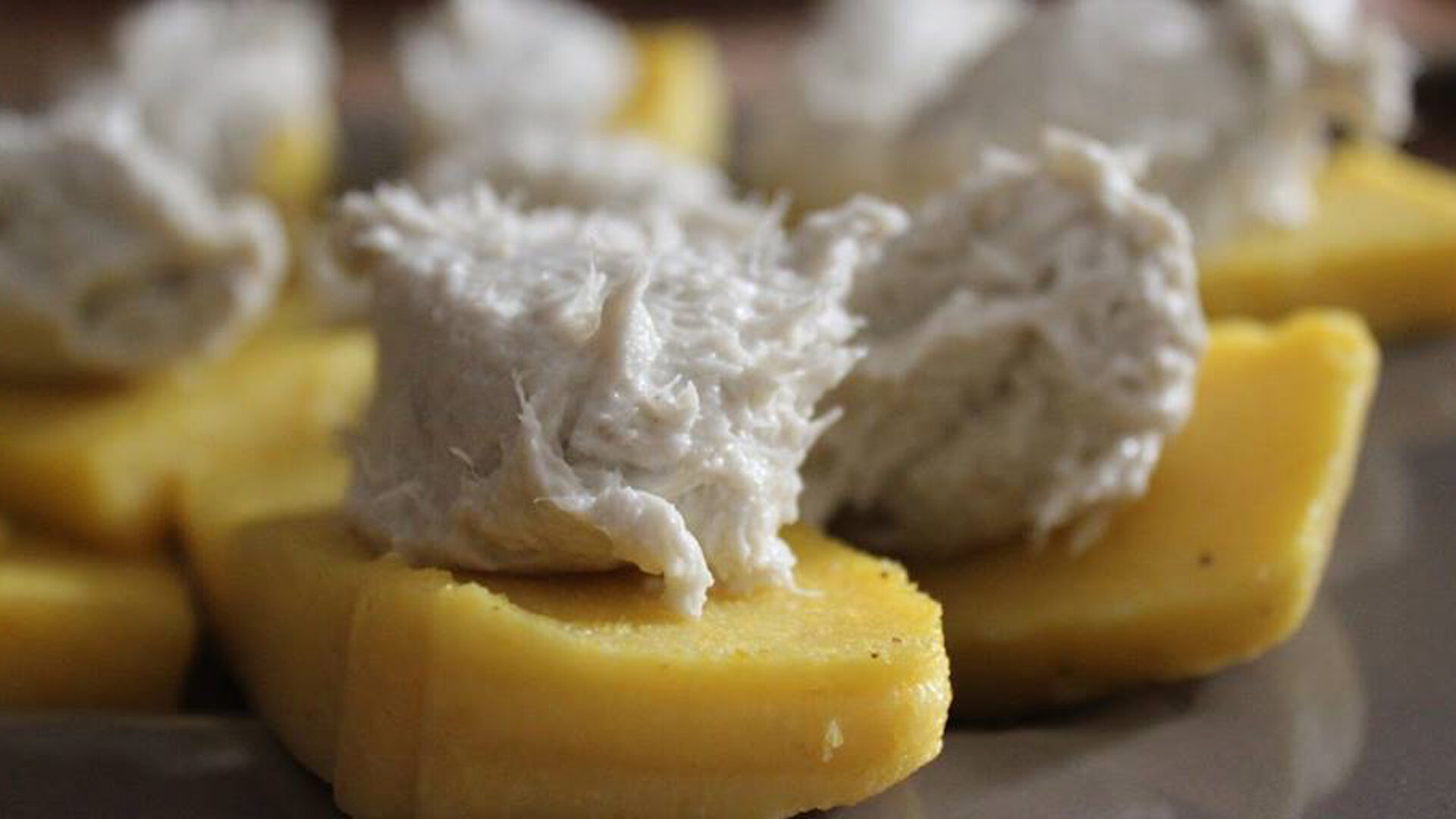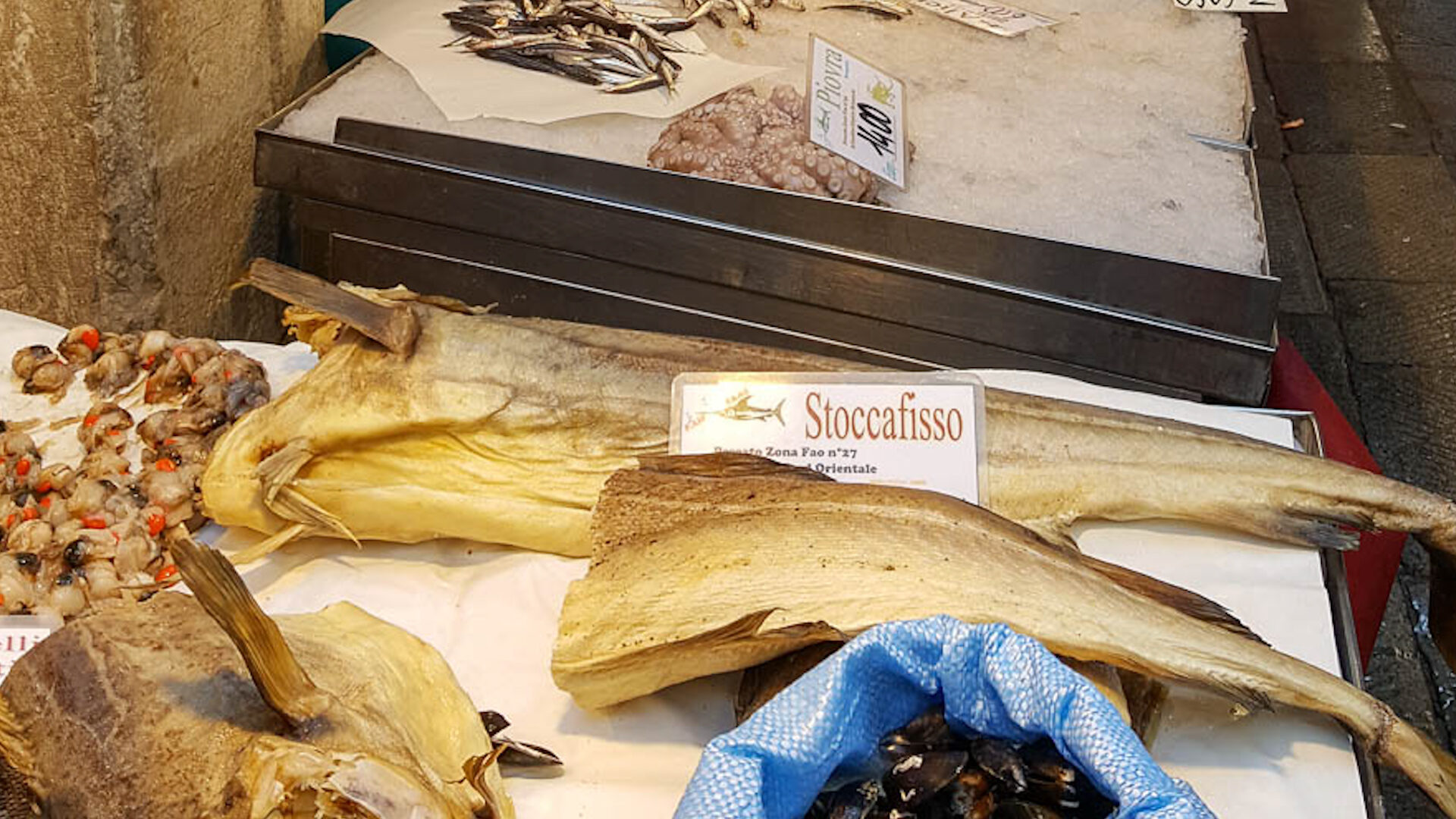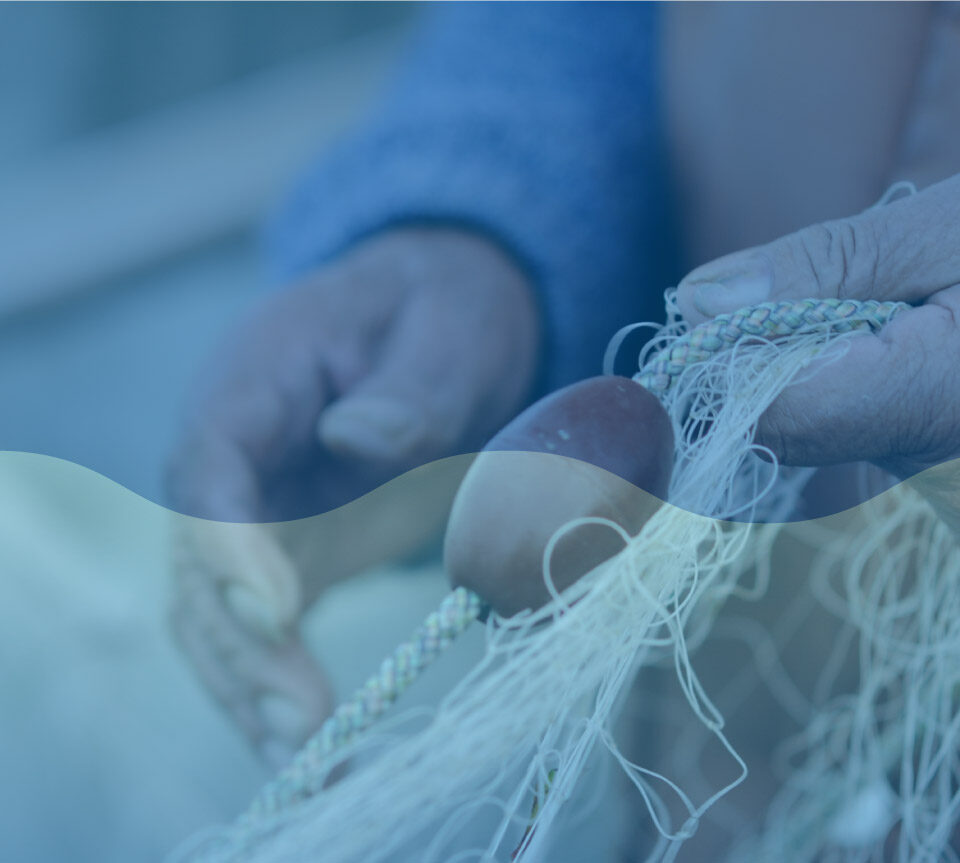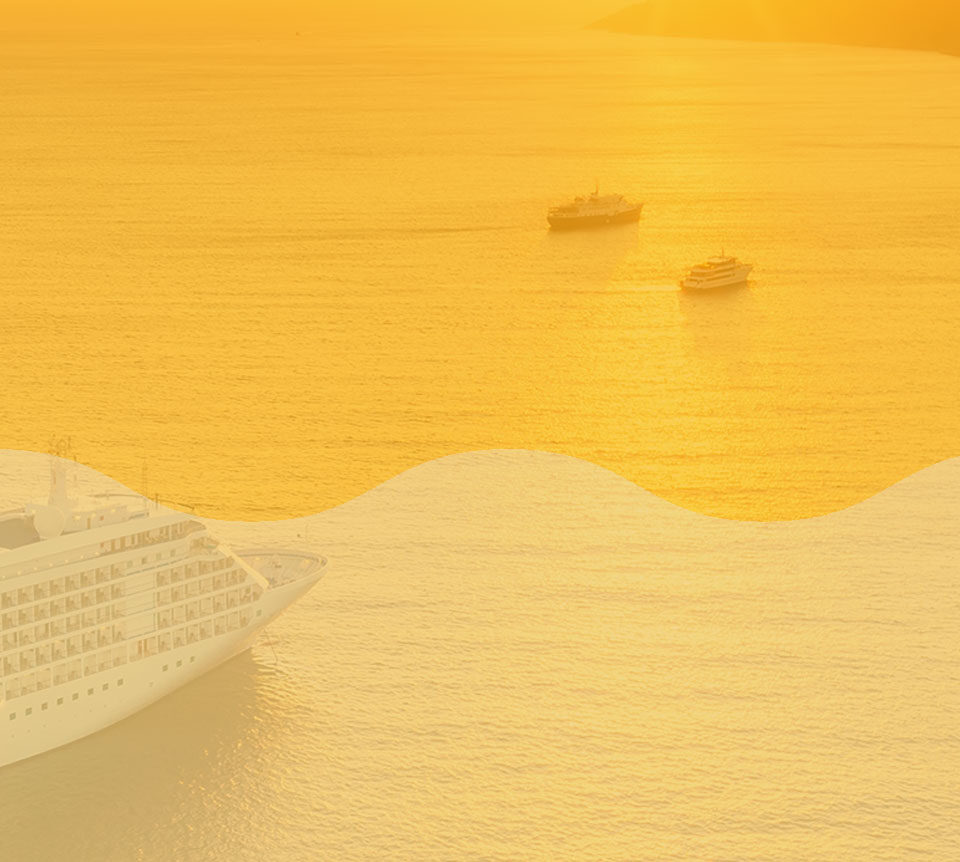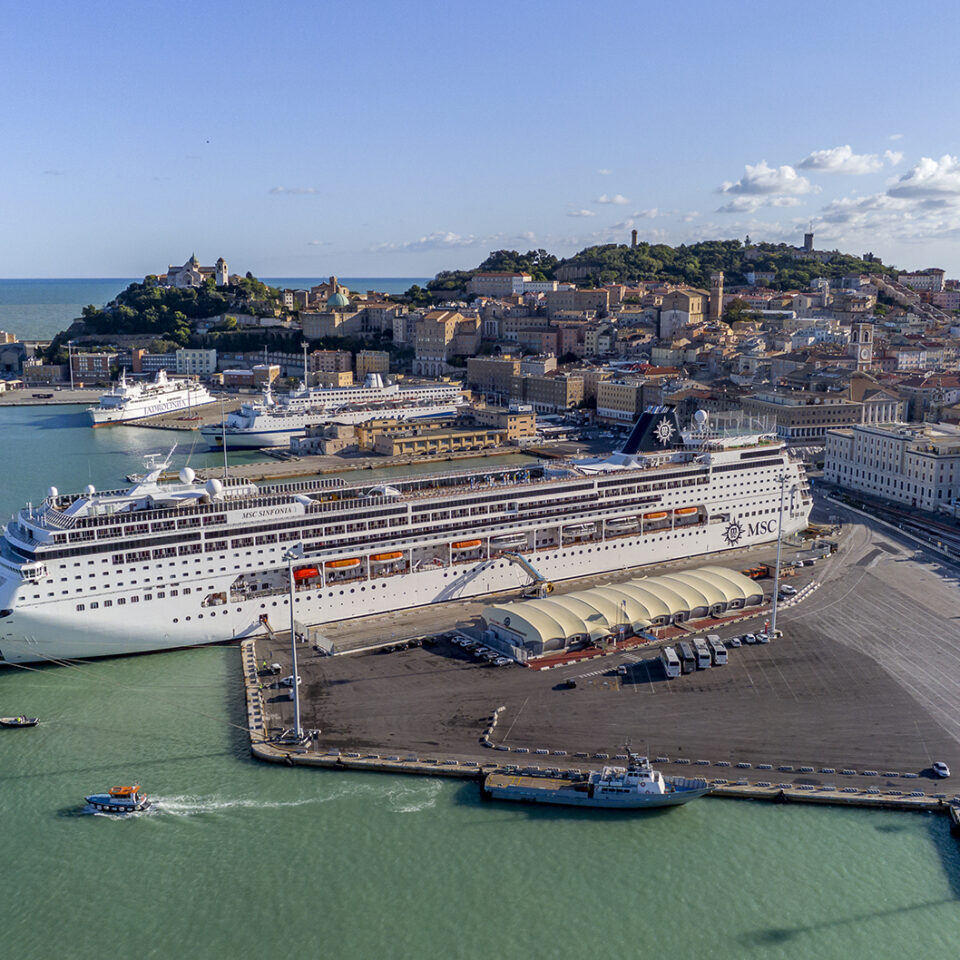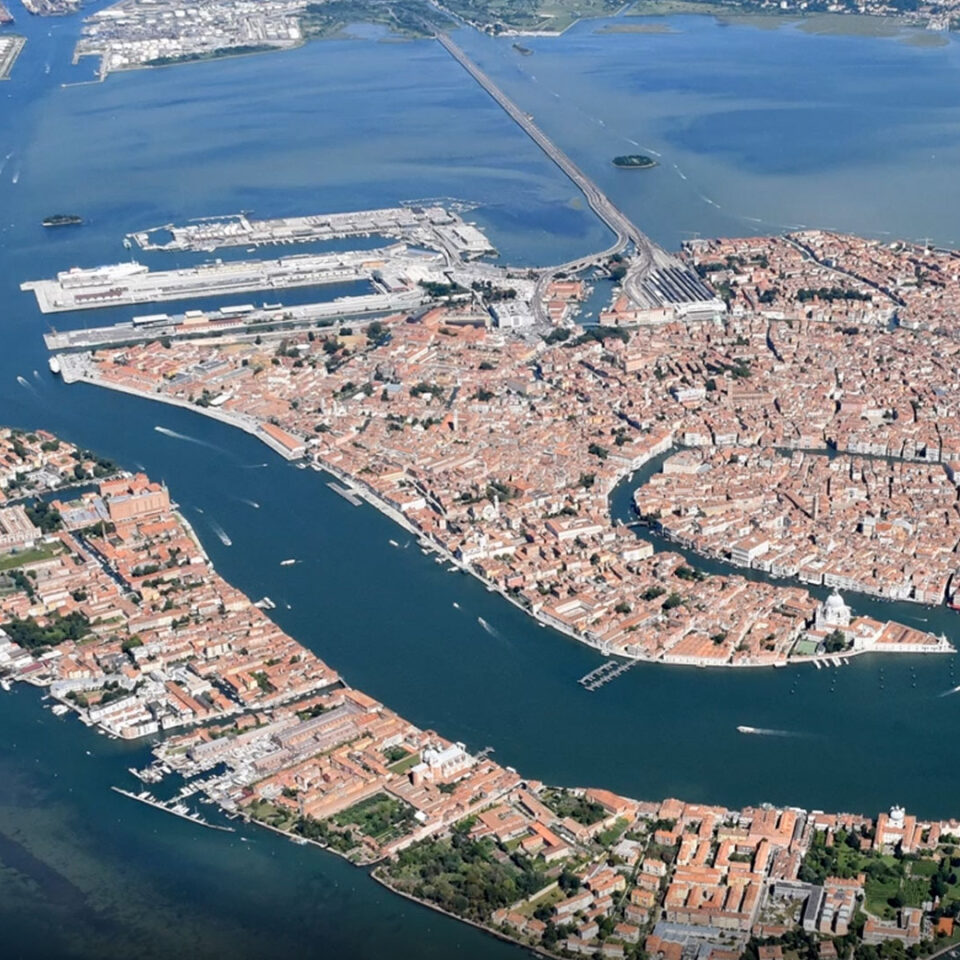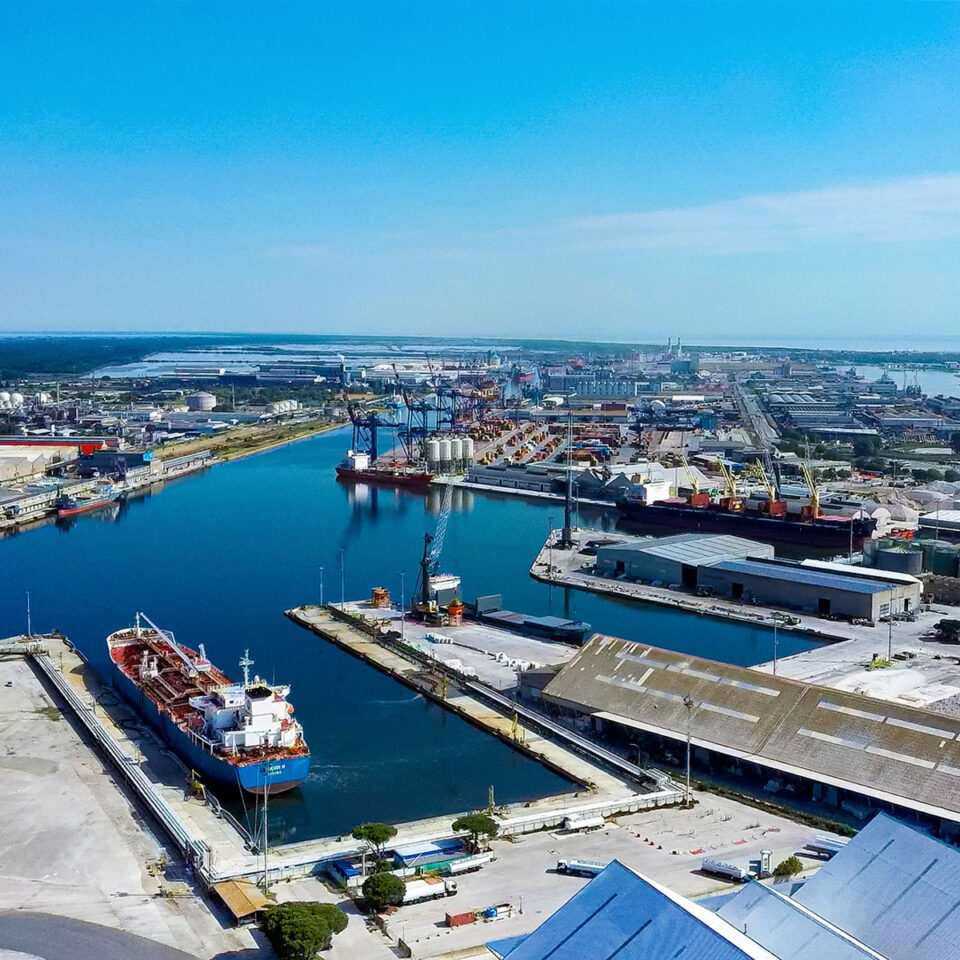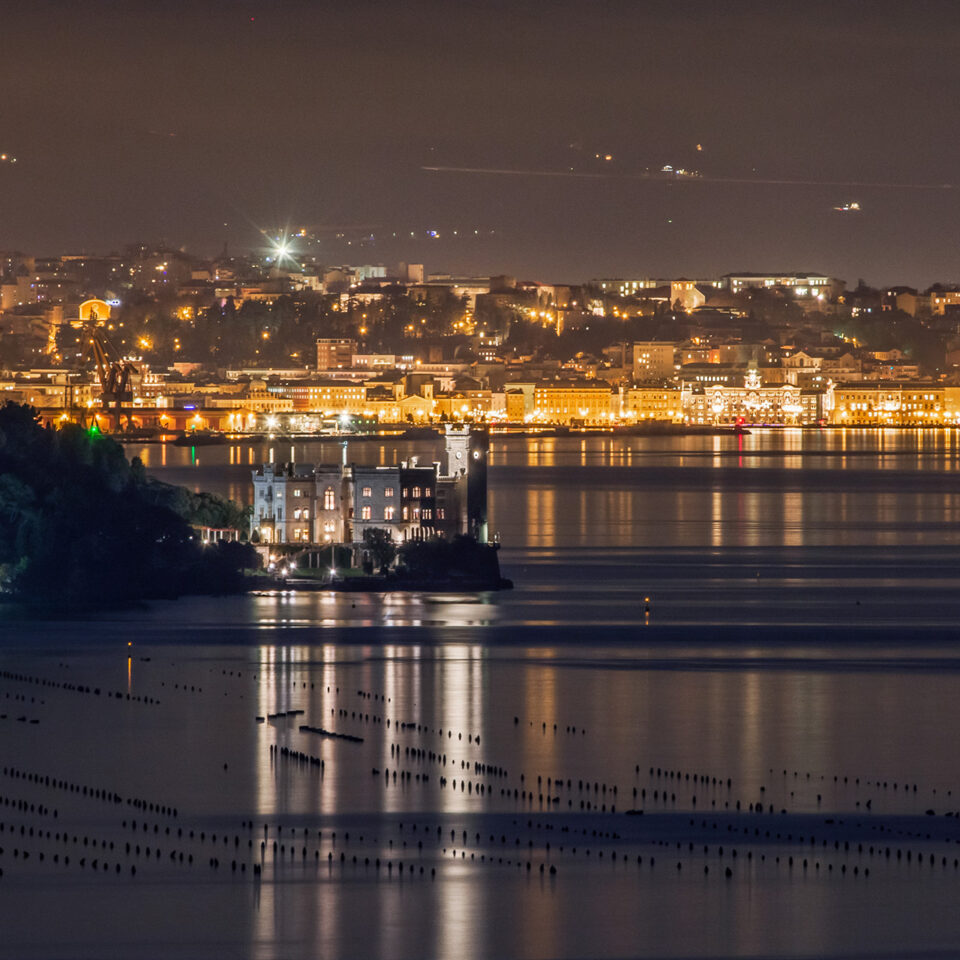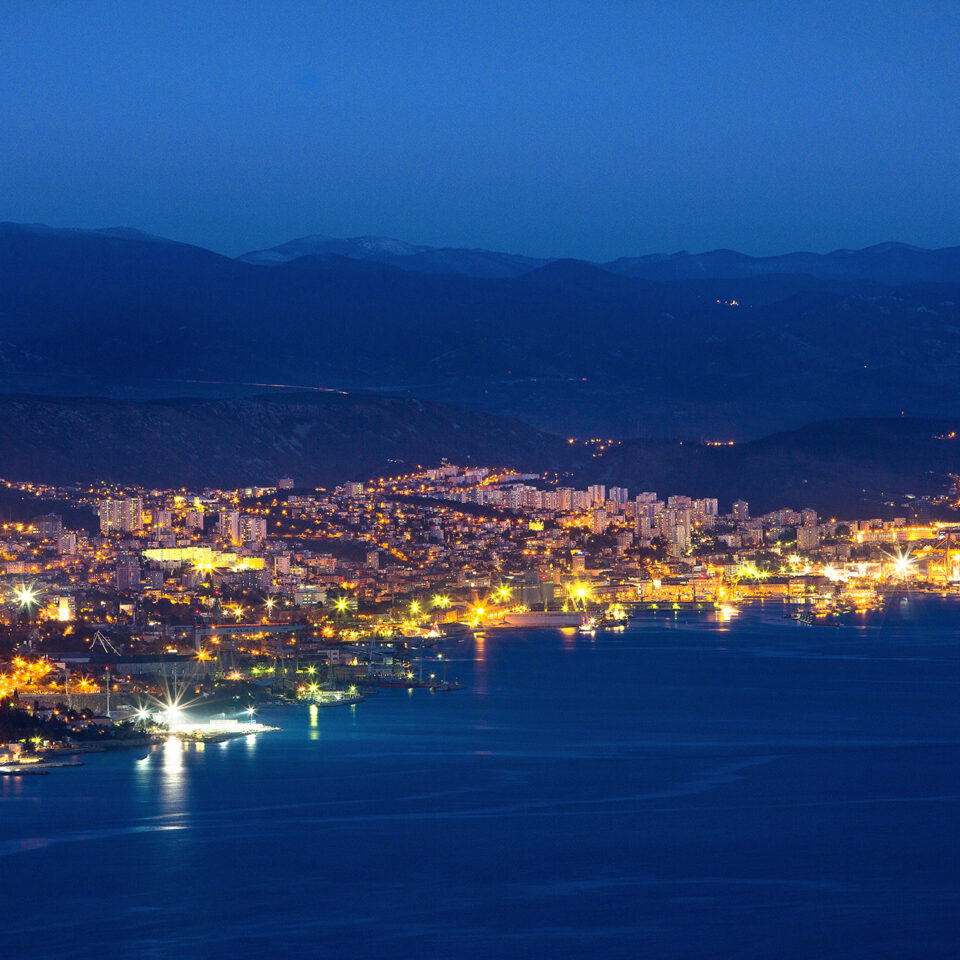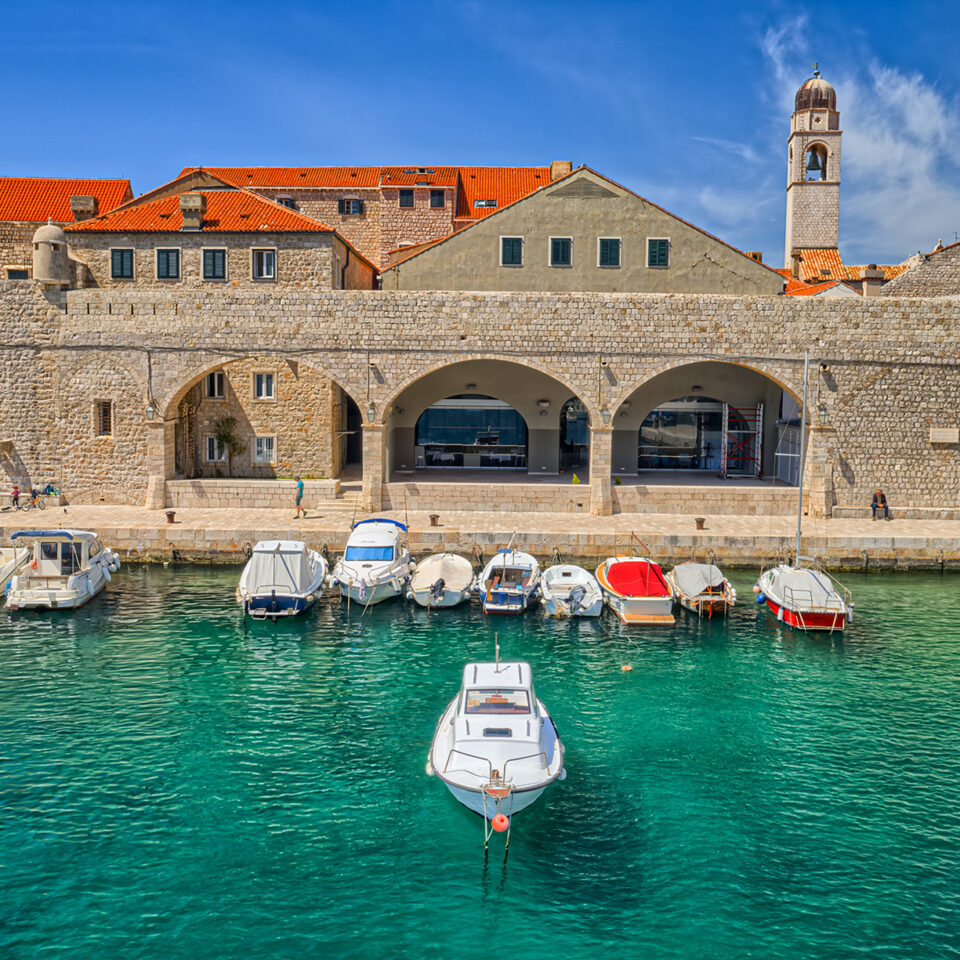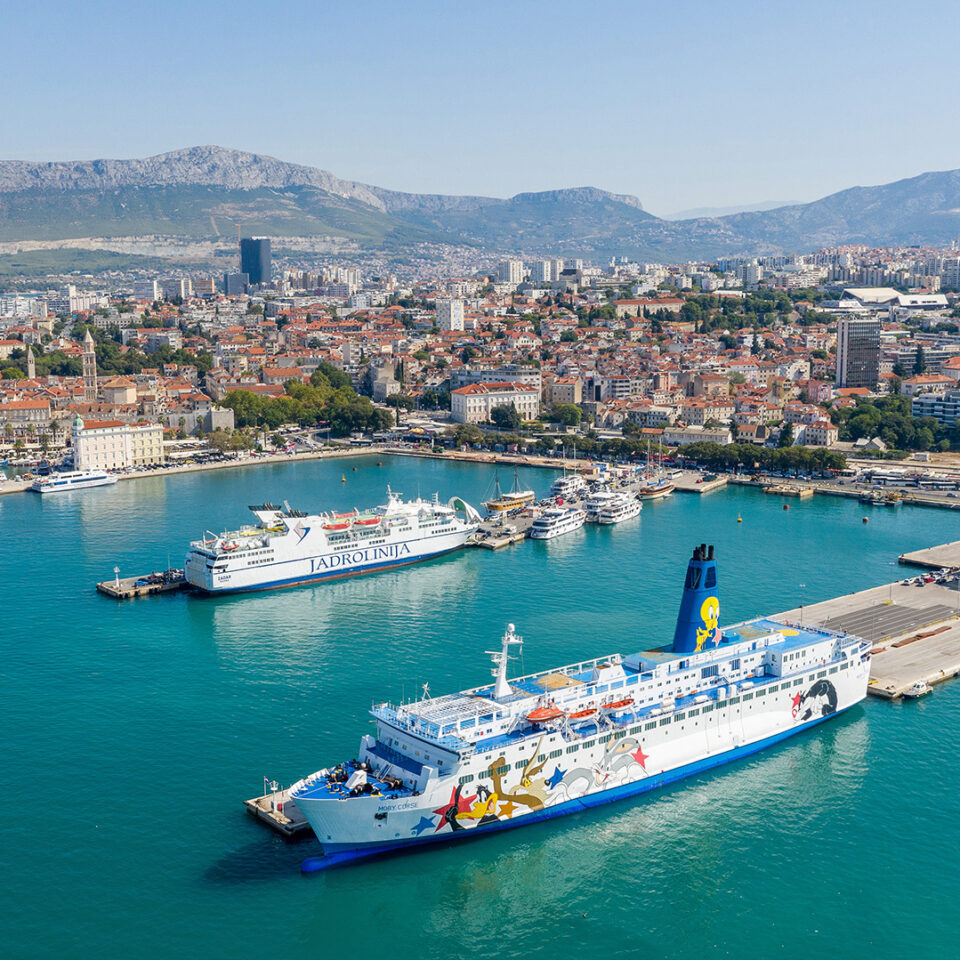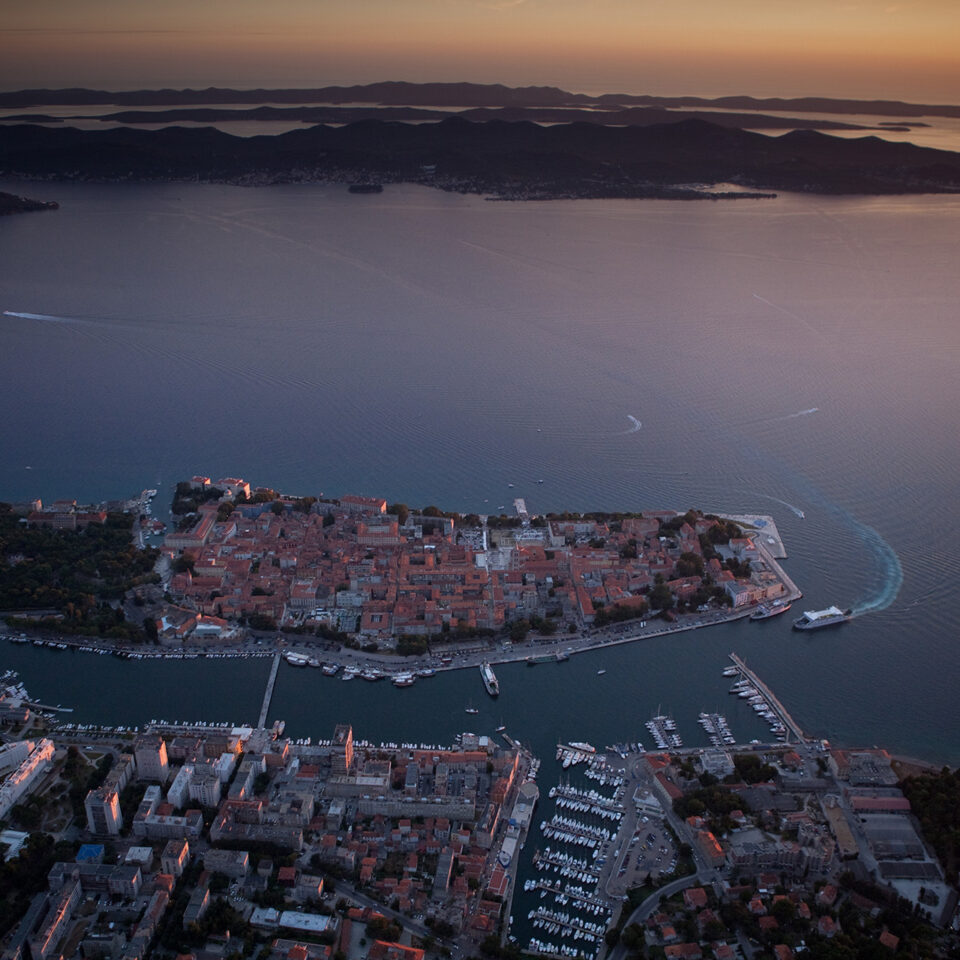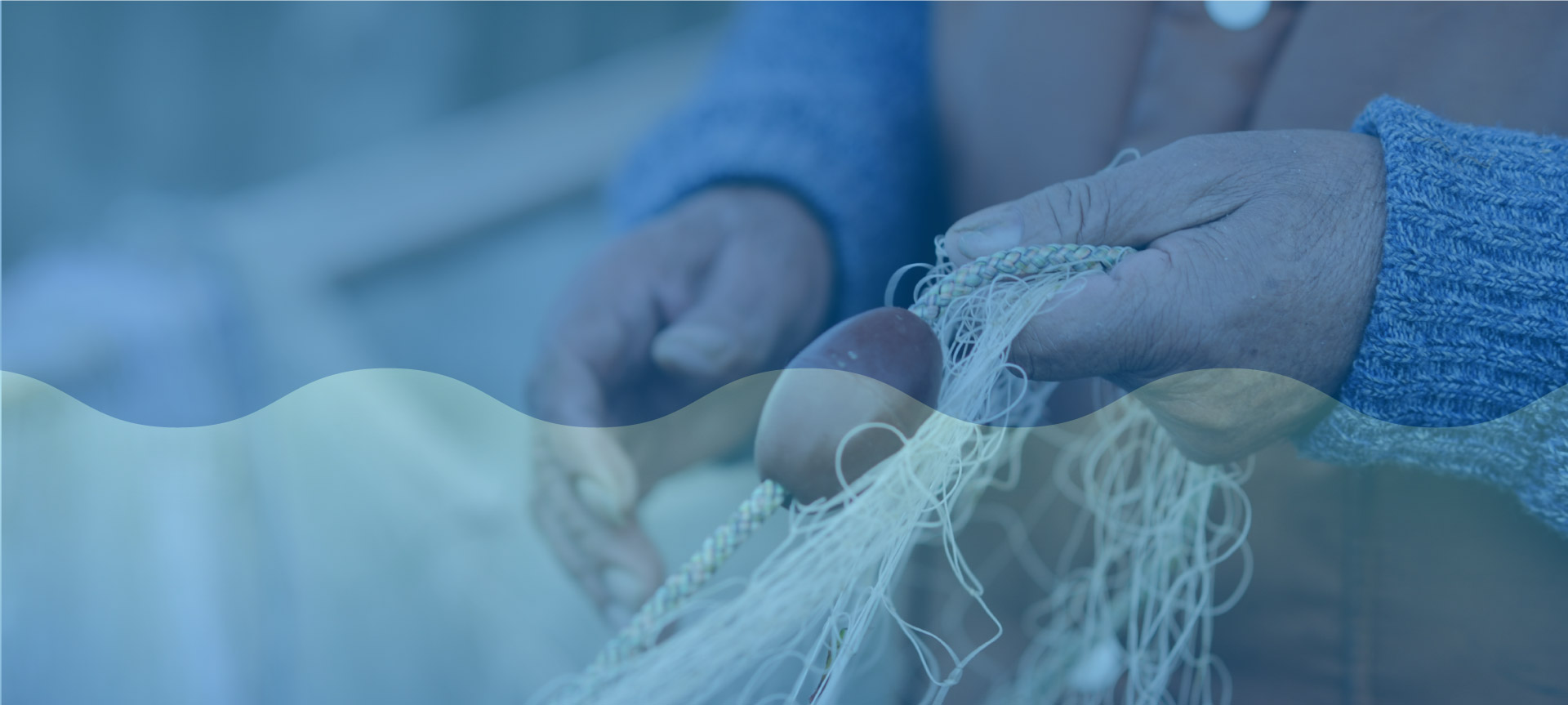


The stockfish – “baccalà”
Baccalà (stockfish) is undoubtedly one of the most beloved culinary specialties among the people of Venice and a true symbol of their traditional cuisine. It can be found in all the bacari (typical Venetian taverns) and restaurants throughout the city, served in many different variations: the most famous is baccalà mantecato, a creamy and fragrant preparation often served on crostini made of polenta or bread. However, other traditional recipes are equally popular, such as baccalà stewed, alla cappuccina -prepared with onions, raisins, and pine nuts- and alla vicentina, slowly cooked with milk and anchovies, a dish renowned even beyond the Veneto region.
What makes Venetian baccalà unique compared to the versions widespread in other parts of Italy and Europe is the use of stoccafisso, cod dried naturally by air and sun. This differs from salted cod, more commonly used elsewhere, giving Venetian dishes a distinct texture and flavor. Stoccafisso requires a long and patient preparation process, but this is exactly what makes it a prized ingredient with an unmistakable taste.
The story of baccalà in Venice is fascinating and adventurous, rooted in an event dating back to 1432. That year, Venetian merchant Pietro Querini shipwrecked with part of his crew near the Lofoten Islands, a remote Norwegian archipelago located above the Arctic Circle. Rescued by the local inhabitants, Querini returned to Venice with a precious cargo of stoccafisso, the sun-dried cod, a product that still supports the economy of the Lofoten Islands today.
From then on, a strong commercial relationship developed between Venice and the Norwegian islands. Much of the stoccafisso produced in Lofoten still travels to the Veneto region, strengthening a bond between Northern and Southern Europe through a culinary tradition that tells a story of history, travel, and culture in every bite. Baccalà has thus become a cornerstone of Venetian cuisine, celebrated in numerous festivals and recipes passed down from generation to generation.
This connection between peoples and cultures along the baccalà route is the foundation of the Via Querinissima project, which aims to transform Pietro Querini’s historic journey into a genuine European Cultural Route. The goal is to enhance and promote the historical, cultural, and gastronomic heritage linked to this route, creating connections between the communities involved and fostering the protection of an intangible heritage that stretches across Europe from North to South.
In short, Venetian baccalà is not just a dish: it is a symbol of history, commerce, and cultural exchange, telling stories of shipwrecks and rescues, sailors and merchants, and a centuries-old bond with a distant land that has left a profound mark on the gastronomic tradition of Venice and the Veneto region.

